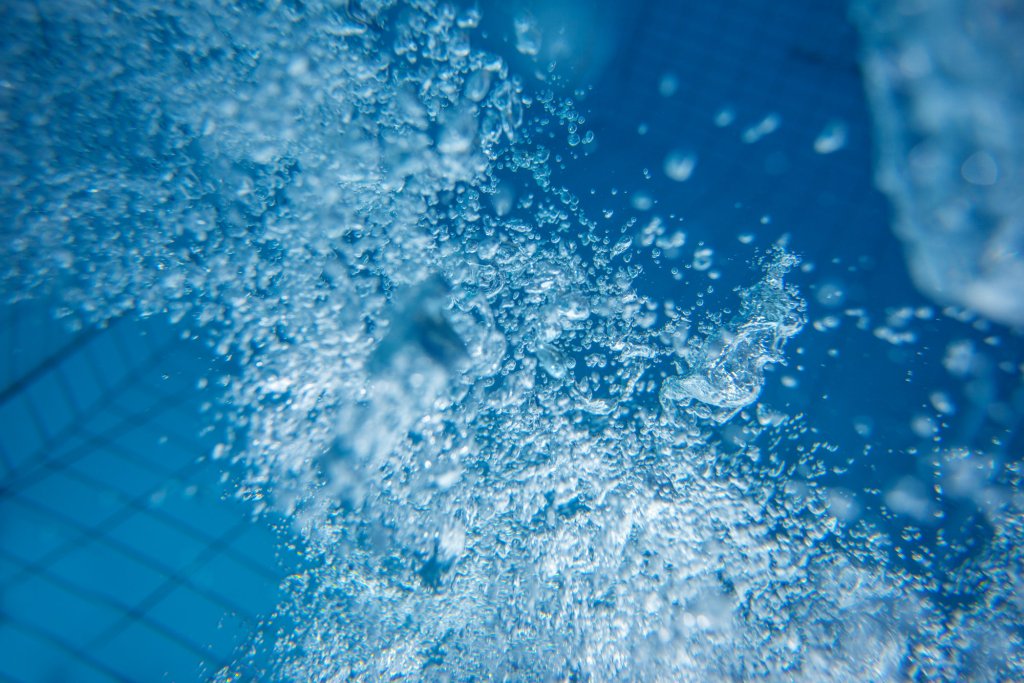Gas injection systems are gaining popularity as a treatment chemical delivery option for pools, spas and interactive aquatic play features.
These systems dispense a variety of gases for different treatment purposes. Gas feeders that inject carbon dioxide, which produces carbonic acid when dissolved in water, are used for pH adjustment. Oxygen (O₂) feeders are used to increase dissolved oxygen in pools and spas. Disinfection is the primary purpose of other gas injection systems, such as ozone generators (with or without UV).
Ozone generation equipment is covered under Section 13 of NSF/ANSI 50. The operational safety and performance of other gas injection systems are not currently addressed by NSF/ANSI 50. To fill this void, NSF has developed CCS-14530: Component Certification Specification for Gas Injection Systems.
Scope and requirements
CCS-14530 provides a framework for verifying the performance, operational safety and gas output of gas injection systems that dose chemicals for purposes other than disinfection.
Ozone generation and advanced or enhanced oxidation disinfection, or any combination system utilizing these technologies, are specifically excluded from the scope of CCS-14530. Other gas injection systems where disinfection is the primary purpose, such as chlorine and chlorine dioxide feeders, are likewise excluded. Nor does the scope of CCS-14530 include verification of the efficacy of any treatment chemical dosed by the gas injection system, whether for oxygenation, pH adjustment or another purpose.
Gas injection systems covered under CCS-14530 may be installed on the main circulation or bypass line and may include a gas concentrator, static mixer, venturi injector or diffuser, booster pump, automatic controller, gas flow meter, gas pressure regulator, water flow meter and/or pressure switch. A gas flow meter is required if the gas injection system’s performance depends on a specific gas flow rate or water flow rate. If a system does not include a flow-indicating device, the user manual must indicate how to install one. Systems that include an automated controller are exempt from the requirements for flow-indicating devices. If a booster pump is included with the system, it must comply with the pump curve requirements of NSF/ANSI 50, Section 6.6.
In addition to the requirements mentioned above for specific components of the system, CCS-14530 also addresses overall design and construction (including cleanability), working pressure and pressure testing, material safety and compatibility, head loss, operational protection (including protection against overdosing), gas uniformity of output and product marking.
Gas injection systems must meet any applicable design and construction requirements from Section 4 of NSF/ANSI 50 as well as be designed to prevent the accumulation of dirt and debris, and to facilitate cleaning and maintenance. All components of gas injection equipment must meet a working pressure of 50 psi or be equipped with a pressure-reducing valve set at the manufacturer’s working pressure. Pressure testing includes burst hydrostatic pressure testing (at 1.5 times the manufacturer claim), cyclic pressure testing (20,000 cycles of 0 psi – 30 psi – 0 psi) and design burst pressure testing (at twice the manufacturer’s claim).
CCS-14530 requires the same material health safety requirements as Section 3.1 and Annex A of NSF/ANSI 50. This ensures that the materials used to make the gas injector will not contribute contaminants with adverse health effects to the water or have an adverse effect on the color of the water at standard operating temperatures (75° F for pools and 104° F for spas). All materials also must be corrosion resistant, as defined in Section 3.3 of NSF/ANSI 50.
For systems installed on the main line, the manufacturer must provide a head loss claim both with and without gas injection. The actual head loss must not exceed the claimed head loss by more than 10 percent, in accordance with NSF/ANSI 50, Annex B.3.
The CCS’s operational protection requirement minimizes the likelihood that the gas injection system will introduce unsafe levels of gas or chemicals into the pool, spa or surrounding environment. It also protects the system, pool and spa from exposure to pressures exceeding 50 psi. An NSF/ANSI 50-certified automated controller and/or gas pressure regulator may be used to help meet the operational protection requirements.
Manufacturers also must include printed materials that alert operators about conditions that may lead to hazardous release of gas into the pool, spa or surrounding environment.
Gas injection systems certified to CCS-14530 also must include a gas output rate control mechanism, adjustable in at least four increments. Gas output is measured at 50 percent and 100 percent of the manufacturer’s recommended output. For each test setting, the actual output may not vary more than +/- 20 percent from the specified output, with a repeatability within +/- 10% percent.
Once a gas injection system has passed all requirements, it may bear the NSF mark of certification to CCS-14530.
Currently, gas injections systems tested to CCS-14530 are not certified to NSF/ANSI 50. However, requirements of CCS-14530 were submitted for inclusion into NSF/ANSI 50 in September 2017. The ballot is currently moving through the standards review process.
CCS-14530 does not cover the chemicals being dosed, as those need separate evaluation and certification under NSF/ANSI 50. The gas or treatment chemical introduced into the water and/or generated also is not certified for efficacy. For example, certification of a carbon dioxide generator would include a verification of the gas volume and dose, but does not include a verification that the carbonic acid created in the water as a result of the carbon dioxide injection adjusts the pH and to what extent. Certification to CCS-14530 does provide assurance of the material safety, operational safety, performance and gas output of the gas injection system itself and meets the need for a performance standard for gas injection systems not currently included in NSF/ANSI 50.
